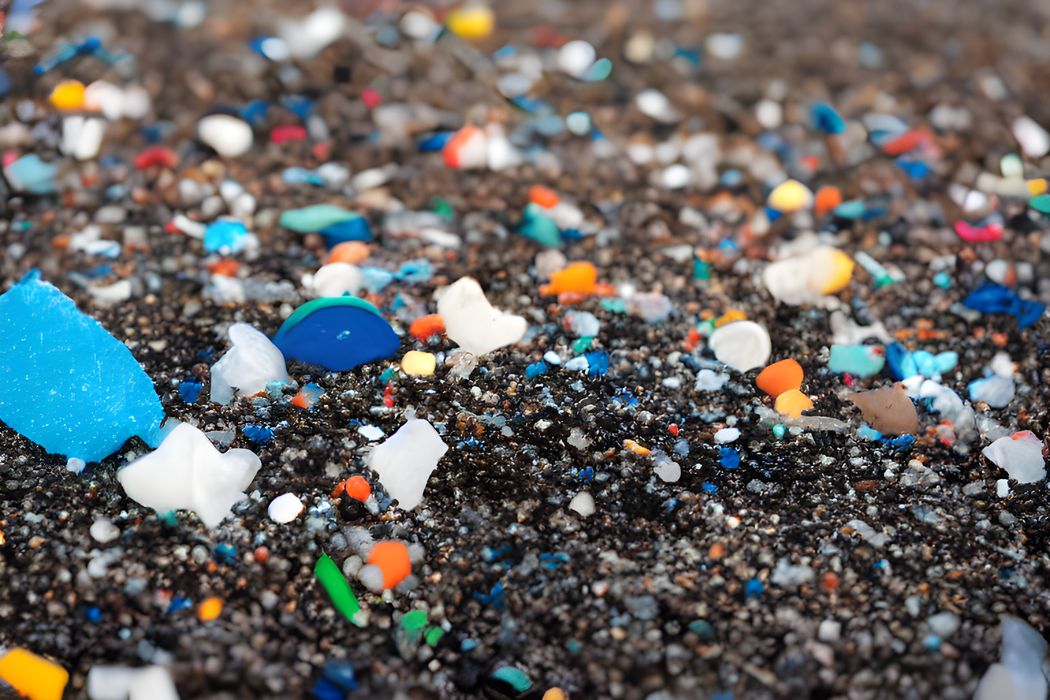
There’s a bit more to think about when considering microplastics generated by 3D printing.
I had a discussion on Mastodon about 3D printed microplastics, and a couple of interesting points came up.
Desktop 3D printing has exploded around the world in the past decade, with literally millions of devices printing plastic dragons everywhere. While many prints are quite useful, there are more discarded or failed 3D prints that mostly end up in landfills. Is this a problem?
It could be, but let me explain.
It’s all about something called “microplastics”. This is a term new to the public, and it refers to microscopic particles of various plastics that now have spread across our environment. These plastics have come from many sources, and have many different chemistries. Their chemistry was derived from the desired engineering properties for the material used in the product it became.
The plastic was made into a product, which was then discarded. Over time the plastic degrades and begins to disintegrate into ever smaller pieces. Eventually these pieces are so small they cannot even be seen, like dust.
But they still retain that chemistry from above.
Being so tiny they are easily affected by the environment. A slight breeze can carry them aloft, where winds can take them great distances. Flowing water can move them between regions, or even between continents through major oceanic currents.
The problem is that the now widespread coverage of these particles means they are being absorbed by both plants and animals, some of which become our food. I’ve seen research showing the presence of these materials in the biosphere even in remote regions far from civilization.
We are all slowly ingesting microplastics, and it’s unclear what chemical reactions might take place, and there’s more than a chance they could be bad.
This is a new issue for society to deal with, along with the climate emergency and multiple other issues, but it is just as important.
The question is, does desktop 3D printing contribute to the microplastic problem?
I think yes — and no.
FFF 3D printers do grind filaments as they are pushed by the extruder. That’s why you’ll often find some plastic dust in the extruder gears that requires cleaning. Is this microplastics? Yes, but the amount is tiny, and the particles are typically quite large and unlikely to become airborne, so they shouldn’t be a big issue.
Recycling FFF prints often requires the input material to be shredded into smaller pieces for re-extrusion into filament. Could this generate some microplastics? Perhaps, but again the particles are likely to be relatively large-sized.
These larger particles are basically the same as a “whole print”, it’s just that they get a bit of a head start on breaking down.
Any 3D print will eventually break down into microplastics, so long as it isn’t properly biodegradable. There are few, if any naturally biodegradable 3D print materials. All the desktop printers produce objects that must be dealt with one way or another.
Once a print is made, there is a commitment, conscious or otherwise, that the plastic used must eventually be disposed of. Let’s imagine three scenarios for disposal.
The print is left outdoors: Here the print would very gradually break down over many years. Eventually microplastics would form and be either blown away into the atmosphere, where they could travel great distances, or they’d sink into the soil where plants (and eventually animals) could absorb the chemicals.
The print is dropped into water: In this case the print also gradually breaks down and unlike the air scenario, water will far more easily move smaller particles around. These will break down into microplastics, which are very easy to transport in water. Due to the Earth’s hydrological cycle, these microplastics can move around very far distances. This is perhaps the worst case scenario.
The print is tossed in a landfill: This could be the best case, because while the print will also break down, it isn’t normally exposed to air or free flowing water, so the microplastics will tend not to travel very far, if at all.
Does this make you feel any better, knowing that the best possible place for your microplastic-generating 3D print just might be a landfill?
Perhaps, but the true best case scenario is that we use plastics that are truly biodegradable and we don’t have to worry about these issues. I’m hoping these are developed and become popular in the 3D printing community as soon as possible.
